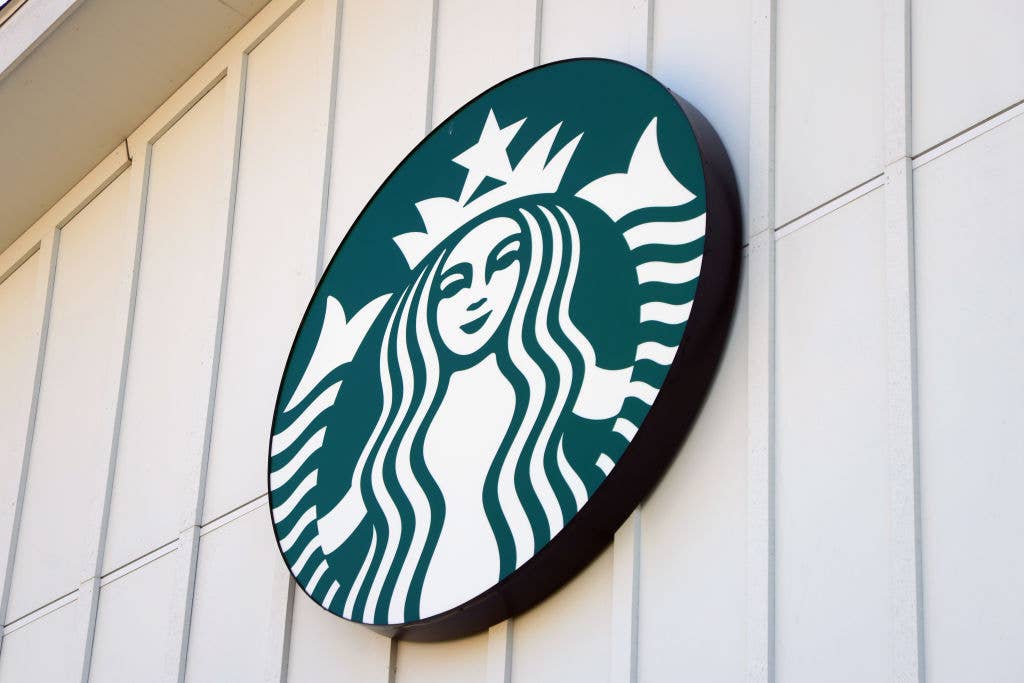
Where Are All the Heart Attacks? Doctors Say Fewer People Are Calling 911
While most MDs are focusing on the COVD-19 crisis, one doctor, at Yale-New Haven, is reporting on the fact that he has noticed fewer heart attack patients being treated at his hospital, so he decided to investigate. He tweeted out to his counterparts in Europe and across the country and discovered that they too, are reporting a big decline in heart patients coming to their hospitals, and the mystery of "Where did the heart attacks go?" was launched. The Beet decided to dig deeper, ask doctors to help us understand whether there is actually some good news here, in the hopes that people are eating healthier, more plant-based foods, avoiding stressors, and exercising daily. If so, could there be a silver lining to the current dark clouds lingering over the country?
While COVID-19 cases have been occupying the public attention, doctors in Italy and Spain are reporting up to 40 to 70% reductions in major heart attack admissions, and cardiologists in Boston, Seattle, Minneapolis, and Cincinnati have also been shocked by a 40% decline in patients showing up with severe cardiac symptoms at their hospitals, explains the Yale doctor.
Before we all rejoice that Grand-dad, by spending time at home playing board games, isn't having to be rushed to the ER with chest pain, consider this: Heart attacks may still be happening--but those patients experiencing mild symptoms are making the risk assessment that staying home is less dangerous than calling 911, too scared of contracting COVID-19 to show up at the hospital for treatment. Worse yet, there could be unreported deaths that emerge later, due to the combination of not going to the hospital, and having COVID-19 related complications.
What's really going on here? Is heart disease taking a holiday?
A recent article in The New York Times explains that while more than 800,000 Americans suffer a heart attack each year, according to the Centers for Disease Control and Prevention (CDC), which averages out to roughly one every 40 seconds, during the coronavirus crisis doctors in Europe and the US have seen a drop of 40 to 70 percent of heart patients showing up at the hospital, according to Dr. Harlan Krumholz, professor of medicine at Yale and director of the Yale-New Haven Hospital Center for Outcomes Research and Evaluation.
"The hospitals are eerily quiet, except for COVID-19," Krumholz explains. "I have heard this sentiment from fellow doctors across the United States and in many other countries. We are all asking: Where are all the patients with heart attacks and stroke? They are missing from our hospitals. At Yale-New Haven Hospital, where he works, they are treating 300 patients with COVID-19, and yet they are not at capacity, because of "a marked decline in our usual types of patients. In more normal times, we never have so many empty beds."
Three possible scenarios for what's happening with heart health now
Dr. Robert Gump, PhD and MPH, an epidemiologist at Syracuse University, offers that the reality is less likely an optimistic one, and paints a very different picture. There are three possible scenarios that could account for the drop, he explains.
One possibility is that people are having mild heart incidents at home and that even when someone does have symptoms, they are ignoring them or staying put. "They may not be going in because they are scared of contracting COVID by going to the hospital." And since most heart attacks do damage to the heart without killing the person, they are actually suffering heart damage but doing so at home. In some cases, the damage is slight, and repairable with time, but in other cases the damage is serious, the blockage prevents oxygen from getting to the heart and there is long-term damage to the heart, which could have been prevented if the person had chosen to call 911 and get help.
The second possibility is that heart attacks are in fact not happening at the same rate since triggers like exertion and work stress are down. "People are just not moving around as much, so the triggers are just not there," Gump adds. "Simple exertion can trigger a heart attack, it doesn't have to be strenuous. If you have a blockage that is just about to rupture and you get in the car and strain with your seatbelt, it can break loose something that was waiting to happen. The trigger can be relatively minor. Many heart attacks are triggered just by getting up in the morning. So it may not be caused by significant exertion. Just the amount of moving around involved in getting ready to go out, or going to work can cause it."
The third possibility is that heart disease is laying in wait, essentially "furloughed" until all this is over. "If heart disease is, as I suspect, still developing slowly over time, the current downswing is temporary, and would show a significant upswing when stay-in-place orders are lifted," Gump asserts. In other words without behavioral change, heart disease isn't going away, it's just waiting for an opportune time to surface. "A reverse phenomenon occurred when the Northridge earthquake happened--we saw an upswing during the earthquake that was followed by a brief reduction after the earthquake." For some reason, the stress response is lower now, and the usual life triggers will return the minute people get back to their normal schedules.
Hospital visits are down for all reasons, other than COVID-19
Is going to the hospital during a heart episode optional? No, explains Gump. And in some cases, the treatment for heart symptoms (such as coronary bypass for angina) has not been statistically shown to improve outcome, but he adds that the sooner patients are treated, the less severe the damage is likely to be. So waiting or not getting treated is the enemy here, and COVID-19 could be doing collateral damage to our health and wellbeing by keeping people away from the therapies that do work and are timely.
His recommendation: If you or someone in your household begins to have symptoms of heart attack or stroke, such as chest pain or dizziness, nausea, or intense headache, you should go to the hospital. It's a balancing of risks at that point. "You have to look at what's a potential risk for fatality," Gump says. "With the number of precautions being taken at the hospital to prevent the spread of COVID-19, the unattended heart is a higher risk."
Wake up to living your healthiest, now, while the giant heart disease is sleeping
More From The Beet






